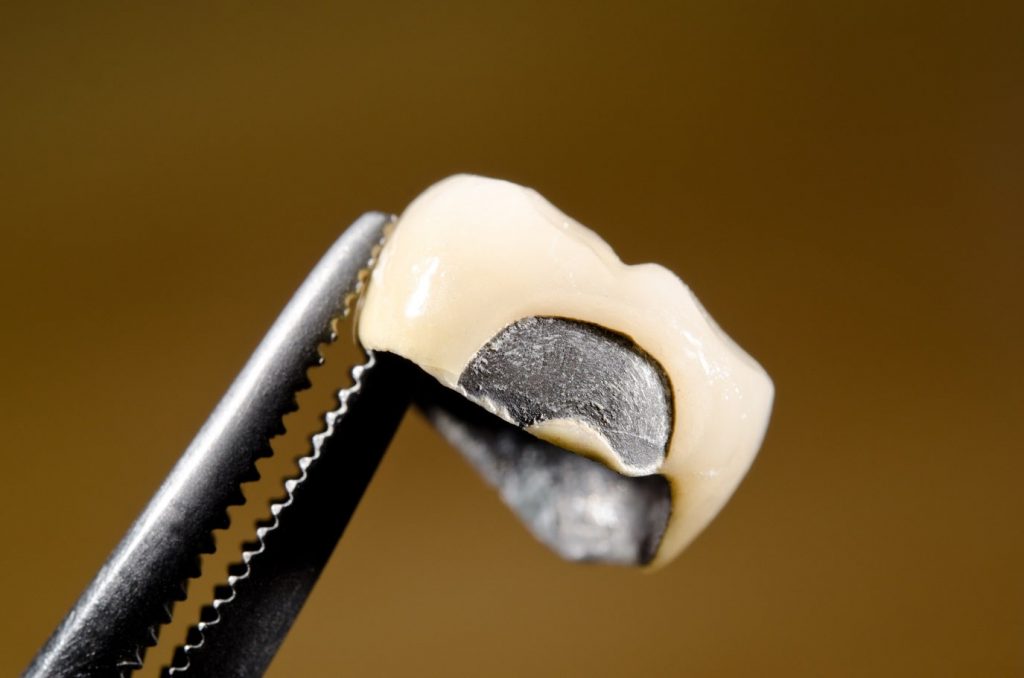Restoration of Dental Implants
While you and your dentist work very hard to preserve the health of your natural teeth, there can still be rare instances where your teeth are damaged beyond the point of repair and must therefore be removed and replaced. Dental implants are often viewed as the most desirable option for tooth replacement due to the fact that they are securely attached to the jawbone, unlike bridges and dentures, and they are highly durable. Well cared for, dental implants can look and work just as well as natural teeth, and they can last for a considerable length of time before requiring replacement. However, there are some occasions when dental implants require restoration.

Dental Implant Problems and Restoration
While dental implant problems are fairly rare, the main problems that do occur are implant loosening and the cracking or loss of the crown portion. A large part of the stability of a dental implant is due to osseointegration, which is the process wherein the implant becomes fused to the jawbone. Over the course of several months following dental implant placement, bone is deposited around the implant, securing it to the jawbone in the same way that the roots of natural teeth do. However, there are rare instances when osseointegration does not occur fully, which can cause a dental implant to become loose. Another major factor in dental implant stability is the density and strength of your jawbone. Prior to recommending and installing dental implants, your dentist will verify that your jawbone and oral health are in good enough shape to support them. However, if you develop gum disease after your implant has been placed or if you suffer from an oral infection, this can potentially cause jawbone deterioration. As a result of this deterioration, your dental implant may become loose and fail. This is just one of the reasons that your dentist will encourage you to contact him right away if you experience red, swollen or bleeding gums or any toothaches–these may be signs of gum disease or infections and if treated immediately and aggressively one can prevent extensive jawbone damage.
It will be quite obvious to you if your dental implant is loose, as it will not feel right or function properly. And while you may think it’s easy to tighten your implant on your own, it is absolutely imperative that you refrain from doing so. Your implant will not fix itself, and your attempts to fix it could have devastating results–including significant bone damage. Instead, contact your dentist as soon as possible and schedule an appointment to have your dental implant checked.
Dental implant restoration procedures depend upon the type of damage that has been sustained and any extenuating circumstances (such as oral infection and deterioration of the jawbone). Where the crown has been cracked or lost, your dentist will be able to repair or replace this portion without needing to repair the implant itself. He will first perform a thorough evaluation of your oral health, the damaged crown and your implant as necessary in order to determine the extent of the damage and the needed repair. If a replacement crown is needed, it will be ordered from the dental laboratory.
In the case that your dental implant has failed, your dentist will carefully examine it (which requires x-rays) to determine what is occurring and what needs to be done. He may choose to remove the implant and perform a bone graft in order to help improve jawbone density and strength. After you heal, which can take six to nine months, a new implant can be placed. Your dentist will discuss with you what temporary replacement options are available during the interim.
A Final Word
Though dental implant damage or failure is very rare, failing to address dental implant issues when they occur can lead to discomfort, pain or further dental issues. Your dentist will be able to determine the source and cause of the problem so that it can be quickly addressed and resolved.
